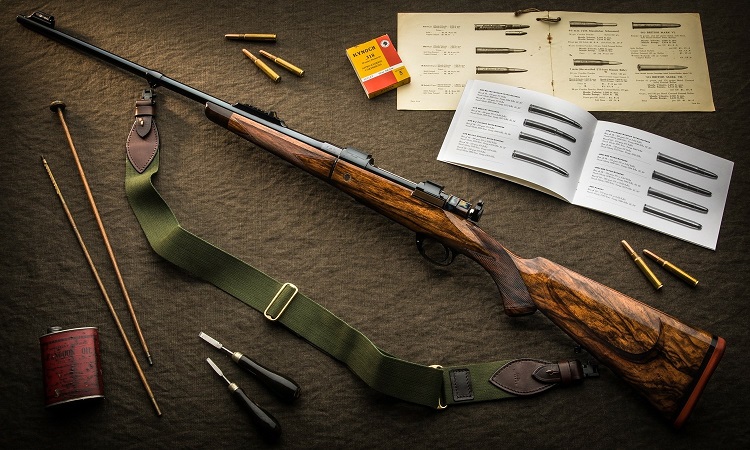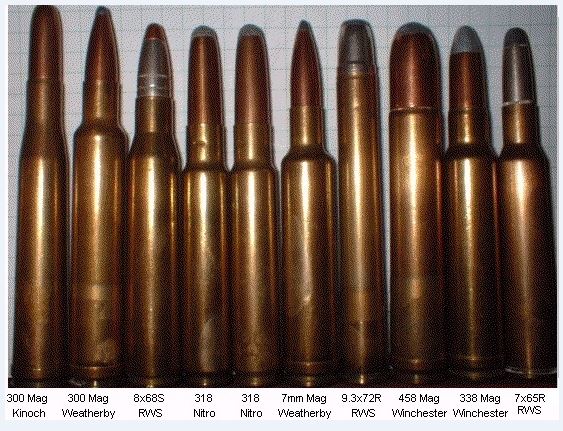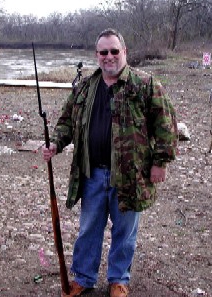
There’s only one word to describe the Marlin 60 — more of which have been sold worldwide than any other .22 rifle, ever — and that word is FUN. Fifteen rounds of .22 in the tube, a backyard full of old tin cans… I know, that’s so old-school these days, but remember whose website this is. But don’t take my word for it.
Reader Brad_In_IL (who suggested this GGP) writes of his Model 60:
Before moving from the frying pan to the fire (MA –> IL) I bought my ’60 from my fave LGS. I paid something like $70 for it from the used rack. I can’t speak to the history of my particular rifle, other than it was built in 1990. When I bought it, the condition was “barely out of the box” almost new.Like so many other firearms, my ’60 is much more accurate than me. Still, the gun is hoot to shoot, more fun than a barrel of monkeys, etc. Spinners are among my favorite targets because immediate feedback. My ’60 tends to like higher velocity .22lr fodder, though CCI Standard also functions well. One ammo in particular which the rifle does not like is Federal Auto Match target grade. My Browning Buckmark also does not like the Federal, so I’ve quit buying it. Different owners may have different experiences.Cleaning is straight forward, with one small but important caveat. Upon reassembly after cleaning, it is VERY easy to bend the recoil spring. Ask me how I know. That said, I ordered a couple extra and ALWAYS keep one in the range bag.There’s a whole crowd of people who talk smack about tube-fed rifles. Personally, I don’t mind ’em. One accessory item I do recommend for anyone with a tube fed 22 rifle is the Spee-D-Loader. I bought the Spee-D-15 which holds 15 rounds of .22lr in each of its eight tubes for a total of 120 rounds. Best accessory I’ve ever bought for this rifle, hands down. Here’s the link to Spee-D-Loader products.So there you have it. This is my rifle. There are many others like it, but this one is MINE.











 Both have 6″ barrels, both are chambered for the fine .357 Magnum cartridge, both are excellent revolvers — quite possibly two of the best ever made — and yet even though the idiots at Colt don’t make either of them anymore [100,000-word rant deleted] the Trooper typically retails for under $1,000, while the Python is stratospheric ($2,300 and up).
Both have 6″ barrels, both are chambered for the fine .357 Magnum cartridge, both are excellent revolvers — quite possibly two of the best ever made — and yet even though the idiots at Colt don’t make either of them anymore [100,000-word rant deleted] the Trooper typically retails for under $1,000, while the Python is stratospheric ($2,300 and up).